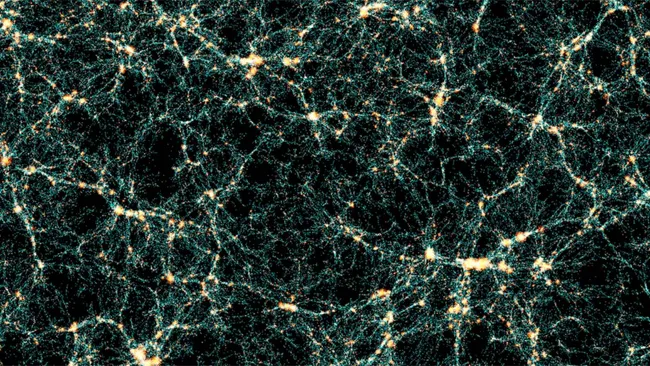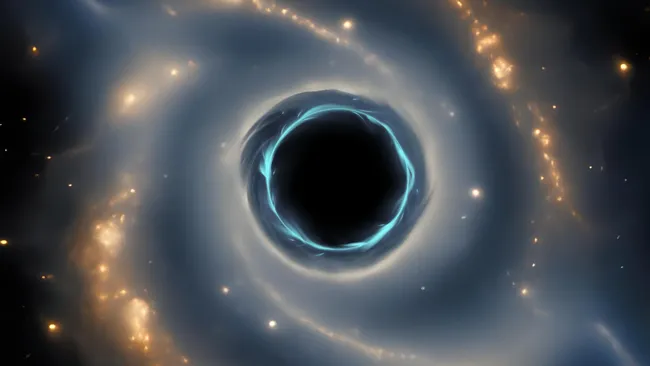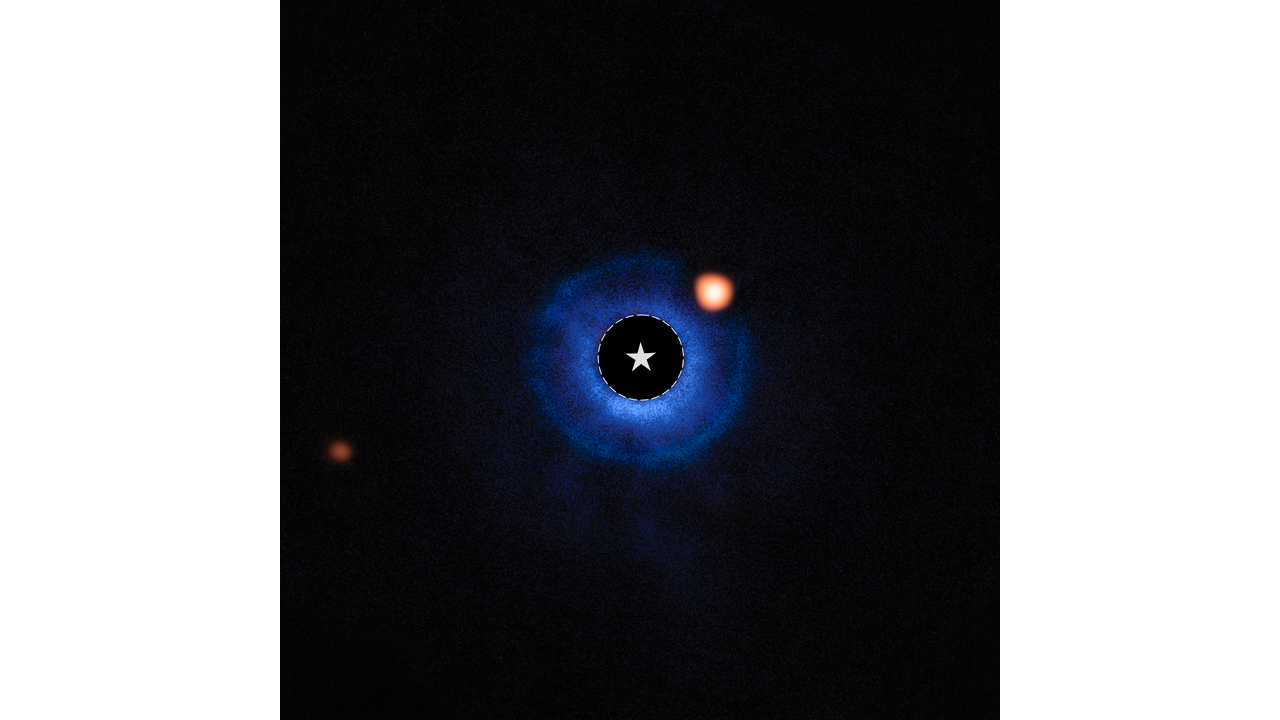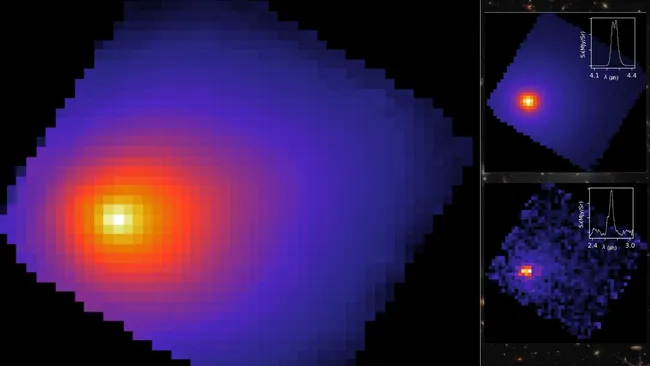The Euclid Consortium, an international group managing the European Space Agency’s Euclid space telescope, has released the largest-ever simulation of the universe.
This project, called Flagship 2, maps an incredible 3.4 billion galaxies and tracks the gravitational interactions of more than 4 trillion particles.
The simulation is powered by an algorithm designed by astrophysicist Joachim Stadel from the University of Zurich (UZH). In 2019, Stadel used the supercomputer Piz Daint, then the world’s third most powerful, to run the calculation and generate a highly detailed virtual model of the universe.
“These simulations are crucial for preparing the analysis of Euclid’s data,” astrophysicist Julian Adamek of UZH, a collaborator on the project, stated.
Since 2023, the Euclid space telescope has been mapping billions of galaxies across the cosmos, focusing on the distribution of dark energy and dark matter. The spacecraft aims to cover one-third of the night sky. Because of the enormous scope, Euclid produces vast amounts of data, making simulations like Flagship 2 vital for speeding up processing.
Researchers expect Euclid’s future observations to align closely with predictions from Flagship 2, but surprises are still possible. The simulation follows the standard cosmological model, yet missions like Euclid exist to test its limits. “We already see indications of cracks in the standard model,” Stadel noted.
The team is especially eager to explore dark energy, the mysterious force driving the universe’s expansion. Under the standard model, dark energy is treated as a constant. However, Euclid’s observations — stretching back 10 billion years — could reveal otherwise. “We can see how the universe expanded at that time and measure whether this constant really remained constant,” Adamek explained.
Euclid’s first data release arrived in March 2025, with the next datasets scheduled for spring 2026.







